Heart rate monitors are game changers for anyone looking to stay on top of their health and fitness goals. Whether you’re hitting the gym, going for a run, or just want to keep an eye on your heart health, these devices give you real-time feedback. With so many options out there, you can easily find a monitor that fits your lifestyle and helps you reach your targets.
Heart Rate Monitors
Stay on top of your fitness game with reliable heart rate monitors that track every beat
Product List
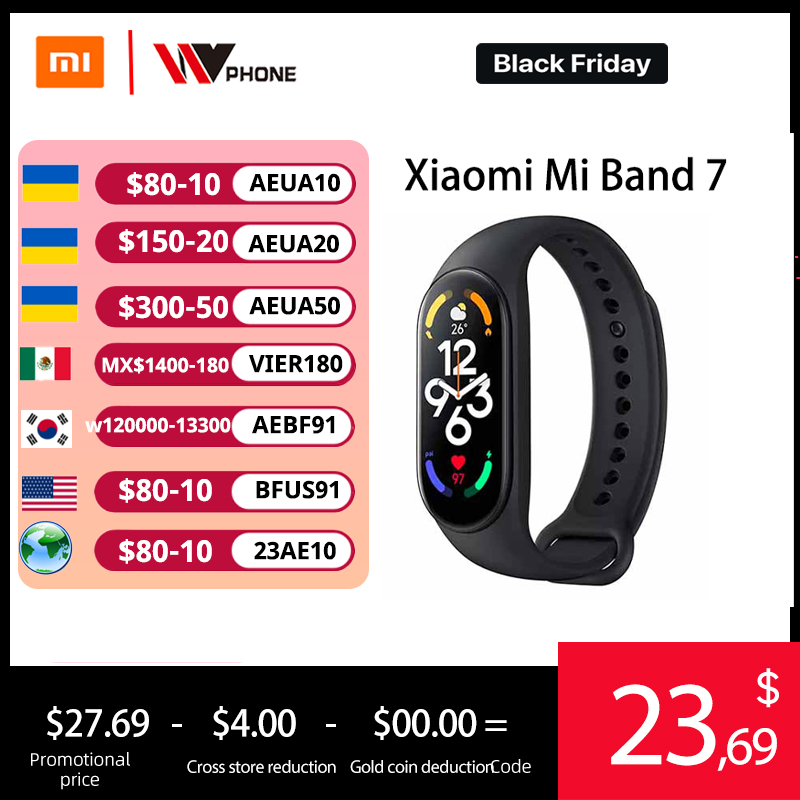
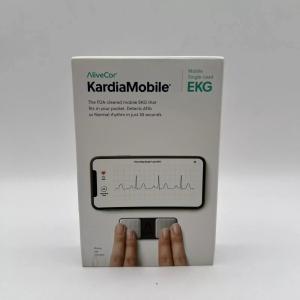
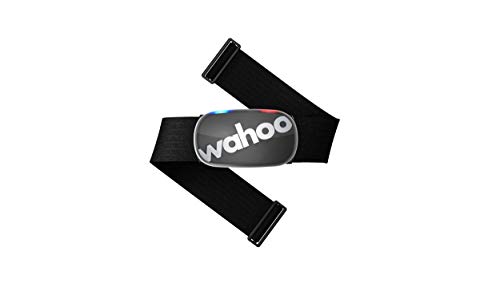
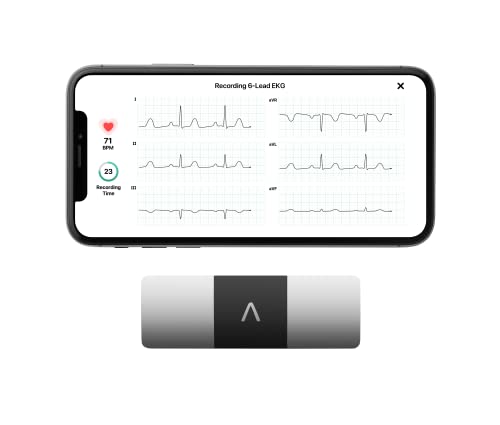

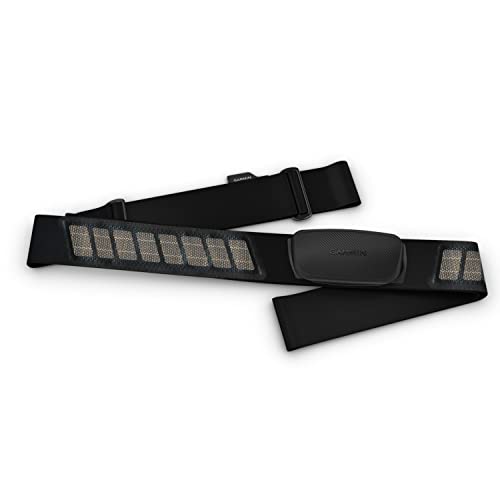
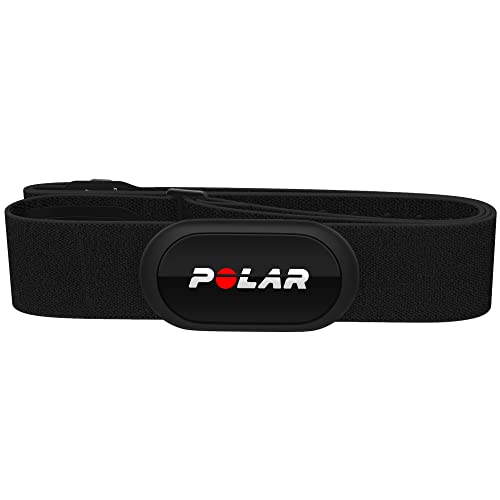
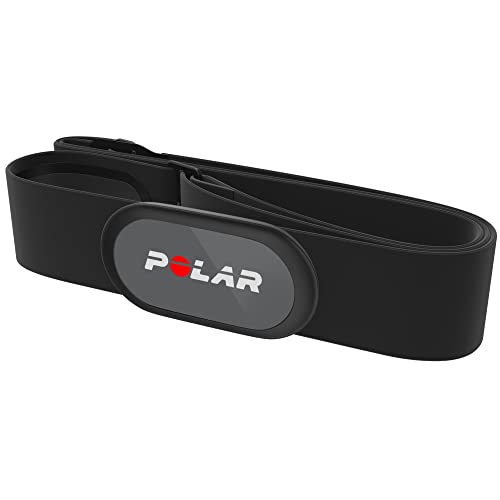

In today’s health-conscious world, many people are becoming more tuned in to what their bodies are telling them—and one of the best ways to “listen” is through your heart. Your heart rate can reveal a surprising amount about your overall health, fitness, stress levels, and even sleep quality. Enter: wearable heart rate monitors.
These handy devices have transformed how we approach fitness and well-being. Whether you're a runner aiming to optimize training, someone managing a health condition, or simply curious about your body, wearable heart rate monitors can provide insight that once required a trip to the doctor or gym. Now, it’s as easy as wearing a watch—or even a strap or ring.
Let’s explore what wearable heart rate monitors are, how they work, why they matter, and how to choose the best one for your needs.
What Is a Wearable Heart Rate Monitor?
A wearable heart rate monitor is a device that continuously or intermittently measures your heart rate while you wear it. These monitors come in a few different forms—most commonly as wristbands, smartwatches, chest straps, or rings. They use sensors to detect the number of times your heart beats per minute (BPM), giving you real-time feedback on your cardiovascular activity.
While many fitness trackers include heart rate monitoring as just one of many features, there are also dedicated heart rate monitors that focus purely on accurate cardiac data.
How Do They Work?
There are two main types of heart rate monitors, and they function in different ways:
1. Optical Heart Rate Monitors (Wrist, Arm, and Ring-based)
These use light to measure blood flow. Small LED lights shine through your skin, and sensors detect the changes in light absorption that happen as your blood pulses through your veins. This is called photoplethysmography (PPG).
-
Pros: Convenient, comfortable, and usually built into devices you already wear, like smartwatches.
-
Cons: Can be slightly less accurate during intense activity or when the device moves on the skin.
2. Chest Strap Monitors
These use electrocardiography (ECG) to detect the electrical signals produced by your heart each time it beats. It’s very similar to what you'd get in a clinical ECG test.
-
Pros: Extremely accurate—often considered the gold standard for athletes and medical monitoring.
-
Cons: Less comfortable for long wear; typically used during workouts only.
Why Monitor Your Heart Rate?
Monitoring your heart rate isn’t just for elite athletes—it’s for anyone who wants a clearer picture of their health. Here are some of the key benefits:
1. Fitness and Training
Tracking your heart rate helps you exercise smarter, not harder. By staying in specific heart rate zones, you can tailor your workouts to burn fat, build endurance, or increase speed and strength.
For example:
-
Zone 2 (60–70% of max HR): Ideal for fat burning and endurance.
-
Zone 4 (80–90%): Helps improve speed and high-intensity performance.
2. Stress Monitoring
Some wearable monitors can detect heart rate variability (HRV)—the variation in time between each heartbeat. Lower HRV may indicate stress or fatigue, while higher HRV typically suggests better recovery and resilience.
3. Sleep Quality
Your heart rate drops during deep sleep. Monitoring nighttime heart rate and HRV can give insights into your sleep cycles and overall restfulness.
4. Health Management
For people with certain health conditions like arrhythmias, high blood pressure, or even anxiety, heart rate data can be invaluable. Some smartwatches even alert you if your heart rate is abnormally high or low when you're at rest—something that could indicate a problem.
Popular Wearable Heart Rate Monitors
With dozens of products on the market, choosing the right one can be tricky. Here are a few popular and trusted options, depending on your needs:
Apple Watch Series
-
Uses optical and electrical sensors.
-
Offers ECG functionality and irregular rhythm notifications.
-
Great for iPhone users and general wellness tracking.
Fitbit Charge/Sense Series
-
Focuses on overall health, including stress, sleep, and HR tracking.
-
Comfortable and stylish with a user-friendly app.
Garmin Devices (e.g., Forerunner, Fenix)
-
Built for serious athletes.
-
Offers advanced HR tracking, VO2 max, and training effect analysis.
-
Durable and GPS-enabled.
Polar H10 Chest Strap
-
Ultra-accurate ECG heart rate monitoring.
-
Ideal for athletes needing real-time, precision data.
-
Compatible with many fitness apps and devices.
Whoop Strap
-
Focuses on recovery, strain, and sleep.
-
Tracks HR 24/7 with no display—data lives in the app.
-
Subscription-based model.
Accuracy: How Reliable Are They?
Overall, modern wearable heart rate monitors are impressively accurate—especially under normal conditions. Optical sensors are generally accurate at rest or during steady-state activities like walking or light running. During high-intensity interval training or when your arms move rapidly (like during weightlifting), readings can be a little less reliable.
Chest straps still lead in accuracy, especially for athletes needing precise data. But for most users, the difference is minor and the convenience of a wrist-worn device wins out.
What to Consider When Choosing One
If you’re in the market for a wearable heart rate monitor, think about these factors:
-
Purpose: Are you using it for general wellness, fitness training, or medical monitoring?
-
Comfort: Will you wear it all day, only during workouts, or even overnight?
-
Compatibility: Make sure it works with your smartphone and favorite apps.
-
Battery Life: Some last days, others weeks—depending on how often you want to charge.
-
Budget: Prices range from $50 to $400+, so choose based on your needs.
Privacy and Data Security
It’s worth mentioning that wearable devices collect a lot of personal health data. Most reputable companies use encryption and give users control over what’s shared. Still, it’s a good idea to review the privacy policies and settings in your device’s app. Your heart data is personal—and you should feel confident that it stays protected.
Final Thoughts
Wearable heart rate monitors are more than just cool tech—they're tools that can genuinely help you lead a healthier, more informed life. They make it easier to see what’s going on inside your body, whether you're chasing a new fitness goal, trying to sleep better, or just staying on top of your health.
The best part? You don’t need to be an expert to benefit from one. Just strap it on, go about your day, and let your device keep track of the beats.
Your heart has a story to tell. With a wearable monitor, you’re finally able to listen.